A Guide to Small House Plans
When it comes to houses, bigger isn’t always better. Although the average home size has gotten bigger over the past four decades, plenty of people have found that buying or building a small house has been the right choice for them. From a lower upfront price to lower maintenance costs, there are many advantages to living in a small house. When you build small, you build a house that fits you. Each room in a small house is likely to have some purpose and to help you achieve your goals.
A wide variety of small home floor plans are out there, meaning you can pick a design you love and build the house that’s just right for you and your family.
Common Features of Small House Plans
One thing that’s important to understand when you’re considering a small house is that there’s a difference between tiny houses and tiny floor plans and small houses and small home designs. A tiny home is a house that is somewhere between 100 and 400 square feet, or less than one-fifth the size of the median single-family home. Floor plans for small houses are typically between 1,000 and 1,500 square feet, although it is possible to see small homes that are as large as 2,000 square feet.
Many different types of small house plans are available, so the odds of you finding a plan that meets your needs and matches your tastes is pretty high. Although you can find house plans in a range of styles, such as petite cottages or Craftsman-style bungalows, many plans do have some features in common. A few features you’re likely to see across floor plans include:
- One to three stories: Although some smaller homes are single-story, ranch-style houses, not all are. If you prefer a multi-story house, you can easily find plans that are two or even three stories tall. Although some people like the convenience of having everything in their house on one floor, others enjoy the privacy and extra space provided by a second or third floor.
- Multiple bathrooms: Just as your small house doesn’t have to be a single-story, it also doesn’t need to just have a single bathroom. Many small house plans have 1.5 baths or two full bathrooms. Having an extra bathroom is convenient if two or more people live in the house.
- Garage or carports: Depending on where you’re going to build your home, having a garage can be helpful. You can use the garage as extra storage space or park your car in it to protect the vehicle from the weather. Garages aren’t included in every small house plan. Some offer a carport, which is similar to a garage, but not fully enclosed.
- Porch or outdoor space: Many smaller house styles, such as bungalows and cottages, incorporate porches as part of their design. When choosing a smaller house, it’s nice to look for one that has some sort of outdoor area. A porch or patio can help you boost the curb appeal of your new home and can give you a place to hang out when the weather’s nice.
- Customization options: Most small house plans give you the option of customizing the design and layout in some way. Customization options can help you feel as if your small house is really and truly one of a kind.

Small House Floor Plan Considerations
When you’re choosing a small house design, it’s a good idea to think about what you need to live comfortably in your home. Some design features to consider when picking out a floor plan are:
- The arrangement of the bedrooms: Having two bedrooms next to each other or on the same floor can be a good option if you have young children who might get scared in the middle of the night. If you plan on using one or more of the home’s bedrooms as guest rooms or work areas, it can make sense to look for a plan that has more space between each room. For example, having a guest room on the first floor and the master bedroom on the second floor might be ideal if you’re concerned about giving your guests plenty of privacy.
- The height of the ceilings: A small house can feel open and airy if it has tall ceilings. You might want to look for house plans that have ceiling heights of at least nine feet so that the home doesn’t feel cramped.
- The functionality of the outdoor space: While a front porch can look cute and welcoming, it might not be the best option if you want to make the most out of your outdoor space. A large deck or patio in the yard or a wrap-around porch might be a better fit if you want an outdoor area to relax in.
- The size of the bathrooms: It can be worthwhile to ask yourself if you really need two full baths in your small house. A single full bath and a powder room or a bathroom with a shower but no tub might help you maximize the space in your home.
- Amount of storage space: You don’t have to give up closet space when downsizing into a smaller house. Look for floor plans that have closets in each bedroom as well as storage areas in the kitchen and living spaces. You might be surprised by the number of small house plans that include at least one walk-in closet.
Perks of Having a Smaller House
Along with the chance to choose a floor plan that works for you and the opportunity to customize that floor plan, there are several benefits to moving into a smaller house. Whether you’re a pair of empty nesters who are downsizing or a young family looking for your first home, here are a few reasons why it pays to go small:
- There’s less to clean and maintain: The smaller your home’s footprint, the fewer chores you’ll have and the less time your chores will take. You won’t have to dedicate an entire weekend afternoon to dusting the interior. Vacuuming or sweeping the floors will take less time in a smaller home, too. Smaller homes also require less in the way of ongoing maintenance. Repair or maintenance projects tend to take less time and cost less.
- Your bills might be smaller: Small homes typically use less energy than bigger ones. You can look forward to lower electric or gas bills when you build a small house. If you build a new house, you might also enjoy smaller energy bills because the appliances installed in the home will be energy-efficient.
- You can enjoy more quality time with your family or housemates: In a small house, there’s likely to be one central area for hanging out, watching TV and being together with the people you live with. In bigger homes, there are more rooms and more space, but the effect can be isolating. You might be at home with your spouse or children and not even realize it in a large house. Living in a small home, you can benefit from greater quality time with the people who matter most to you.
- Your mortgage is likely to be smaller: Another perk of living in a small house is the price of the house is likely to be smaller, too. That can mean a lower mortgage compared to moving into a home with more than 2,000 square feet. If you build your home from a stock house plan, you also save money on the cost of working with an architect to design the house for you.
- You’ll use your whole house: Larger houses tend to have rooms that are “just for special occasions.” The people who live in big homes with formal dining rooms or two living rooms generally use these rooms only for holidays, family get togethers and other events. Every room in a small house serves a purpose, whether it’s your bedroom, family room or office space. You can choose a small house plan that works for your lifestyle at the moment to make sure you get the most out of every room in the home.
- You can beat the clutter bug: Larger houses often encourage people to keep items they don’t use or need or to buy more things in an attempt to fill the house. As a result, many people have a lot of stuff they don’t actually love or want. Living in a small home, you get to be more choosy about what you buy and keep. Even if you have a walk-in closet in your small house, you likely won’t have the storage space found in a 2,500-square-foot McMansion. Moving to a small house is a great opportunity to downsize and get rid of the items that are cluttering up your home and your life.

Small House Plans FAQ
There is a difference between buying a pre-existing small house and building your own small house from plans. You might have questions about the process of building a house or about the cost of doing so. Take a look at answers to some of the most frequently asked questions about small house plans.
1. What Does It Cost to Build a Small House?
Just as the price of pre-existing homes can vary considerably based on the condition and location of the home, the cost of a small house can vary based on a variety of factors. Where you want to build your home, the quality of materials you use and the type of foundation you choose all affect the cost of the project. Premium materials will make your home cost more than economy materials, and putting in a basement or crawlspace will increase the price as well.
2. What Is the Size of a Small House?
Small houses are generally around 1,000 square feet, although there is a considerable amount of variety among plans. Some floor plans are between 600 and 800 square feet while others are nearly 2,000 square feet.
One thing worth remembering when choosing a floor plan for your house is that size isn’t the only factor to consider. The layout of the home, how each room can be used and the available storage space can also be important. A 1,500-square-foot home that doesn’t have any closets might be less functional for your needs compared to a 1,000-square-foot home with ample closet space in each room.
3. How Many Bedrooms Are in a Small House Plan?

Small house plans can vary in the number of bedrooms available. Some plans have just two bedrooms while others have four. The smallest floor plans often have a single bedroom. When you’re looking for house plans and you know the minimum number of bedrooms your family needs, you can search for plans with that number of rooms. Sorting floor plans by the number of bedrooms will help you avoid falling for a house plan that isn’t right for you.
It’s also worth pointing out that some customization or modifications can be done to existing floor plans. If you see a home you like but it’s a two-bedroom and you need three, ask to see if it’s possible to modify the plan to allow for a third bedroom.
4. Are There Small House Plans With a Garage?
If you would like a covered, secure area to park your car or would like some extra storage space, you can purchase a small house plan that includes a garage. You have the option of choosing plans with a one, two or three-car garage, depending on your needs. Some plans include a garage that’s attached to the house. Other plans have a detached garage.
5. Are There Small House Plans With a Loft?
You might be able to find a small house plan with a loft area, such as a second-floor sleeping area that is tucked under the roof. If having a loft in your house is important to you and the plan you’re considering doesn’t include one, you might be able to modify the plan to add a loft.
Search Small House Plans on Family Home Plans

Whether you’re buying your first home or are downsizing into a smaller one, Family Home Plans has the small home plan that’s just right for you. We have more than 2,800 small home plans available, meaning you’re likely to find at least one that meets your needs and matches your taste and style. Use the search form to find plans based on the number of bedrooms and bathrooms, the square footage and other amenities you’d like. If you have any questions about choosing a home plan or about available modifications, feel free to contact our customer service team.

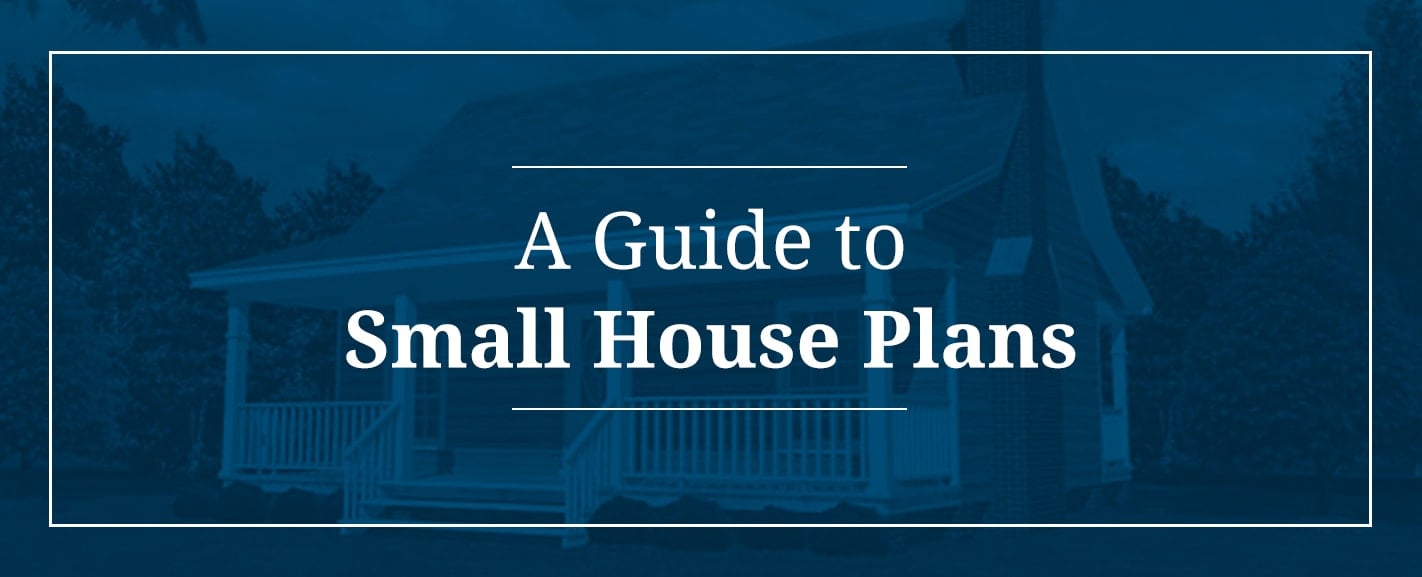
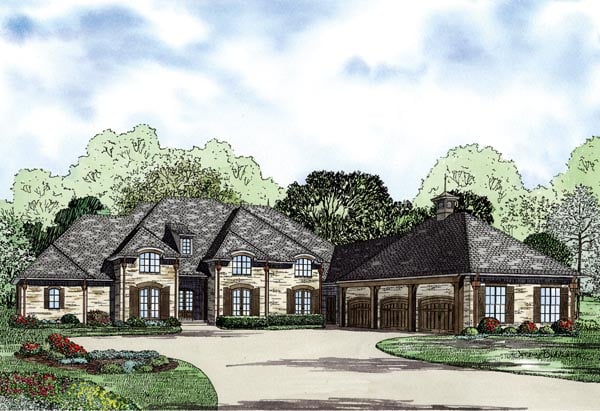
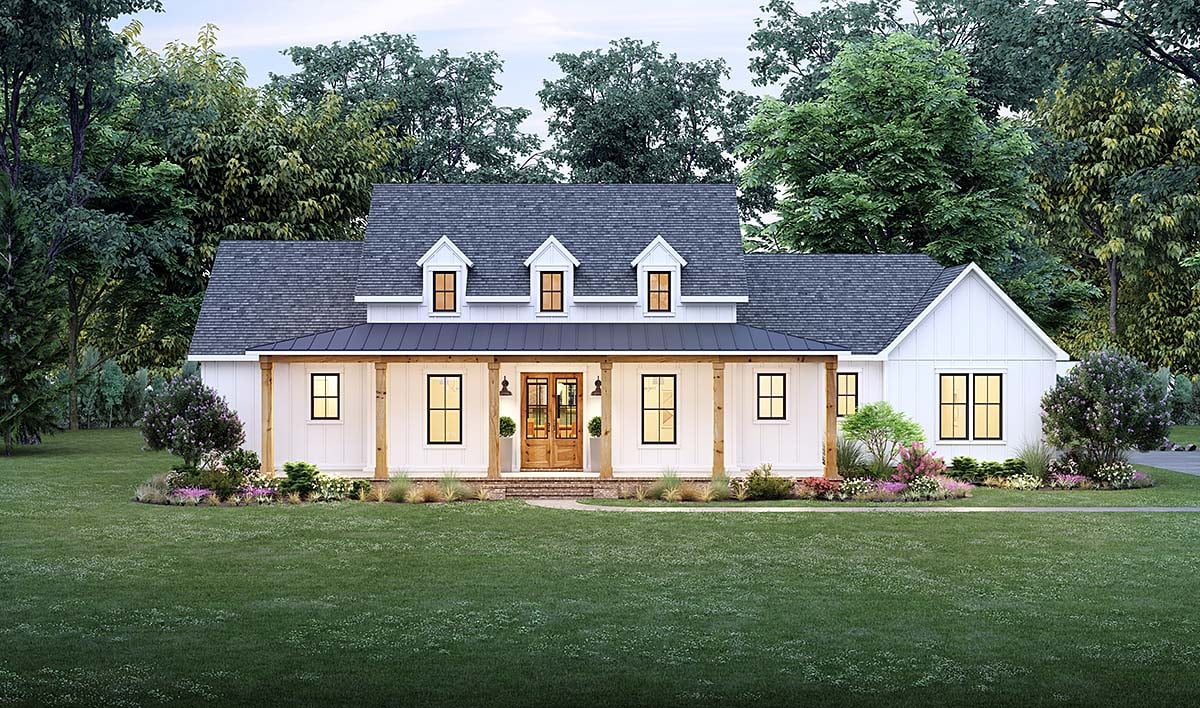
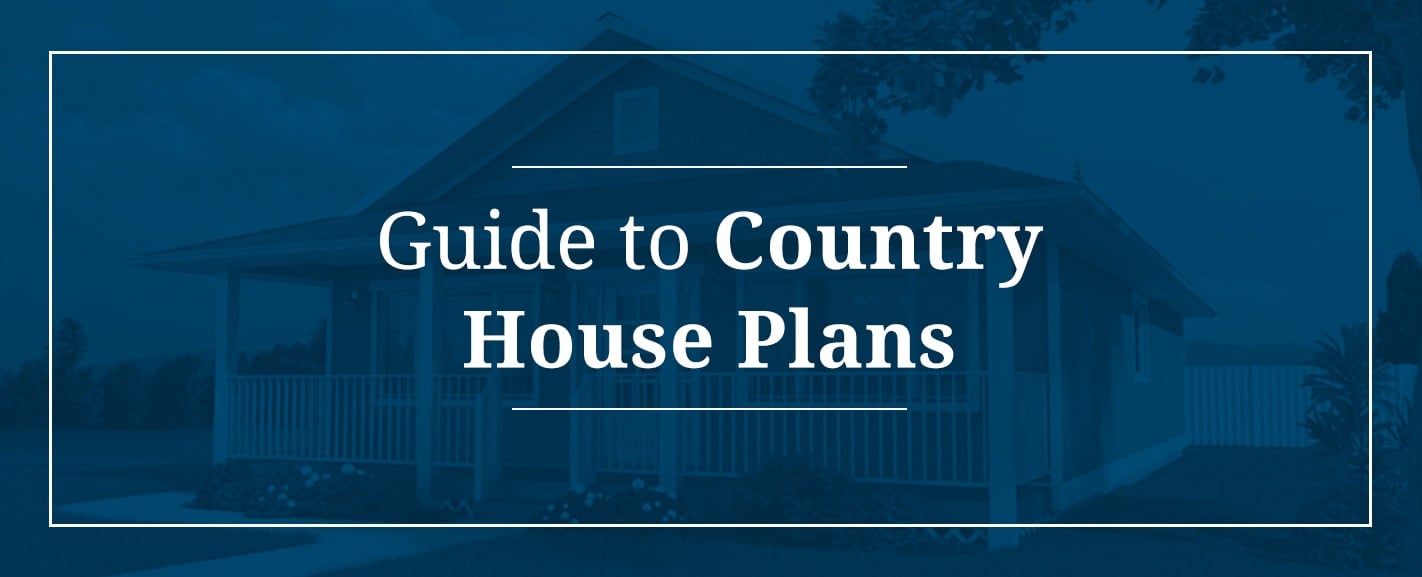
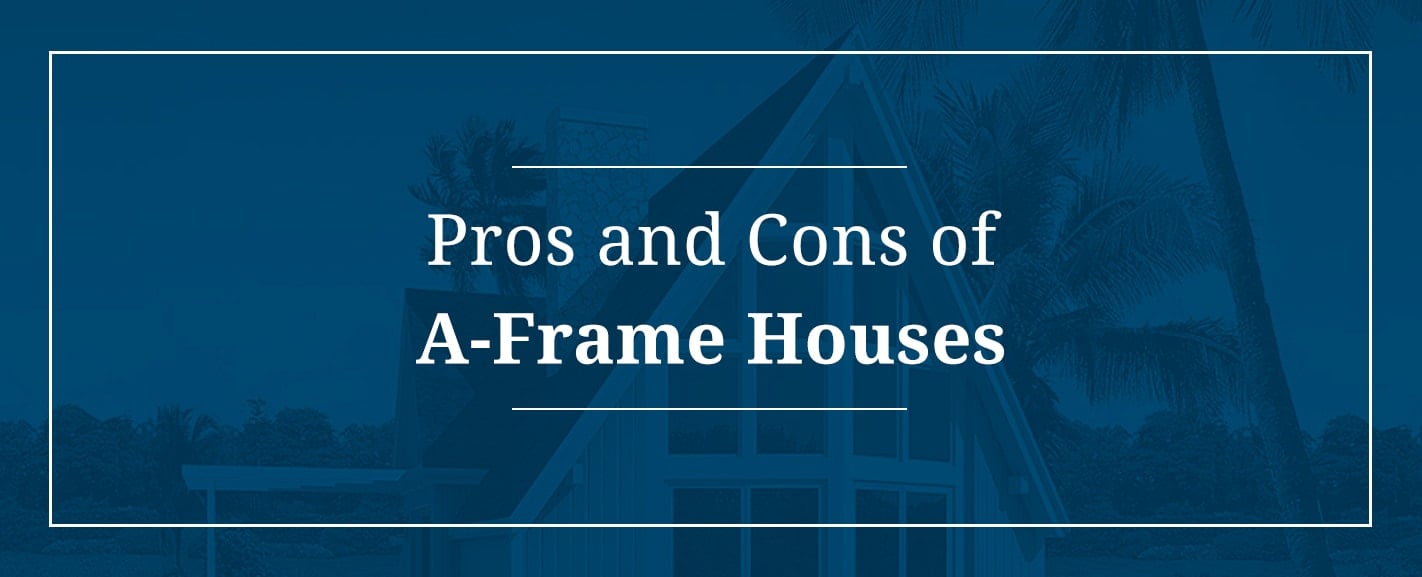

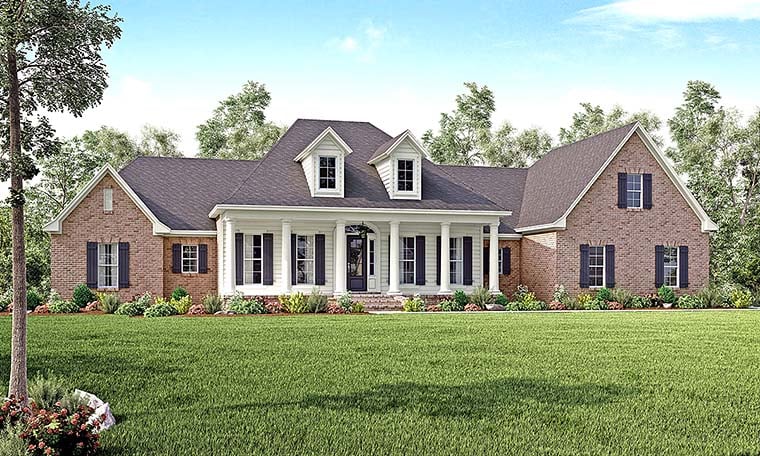
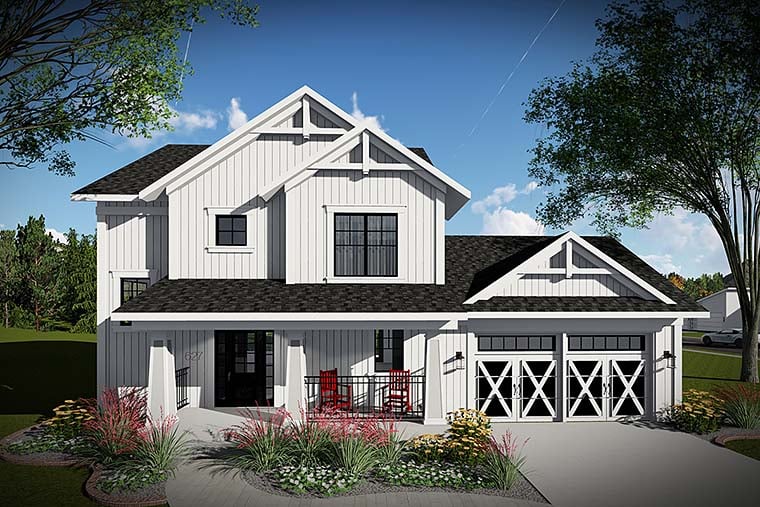
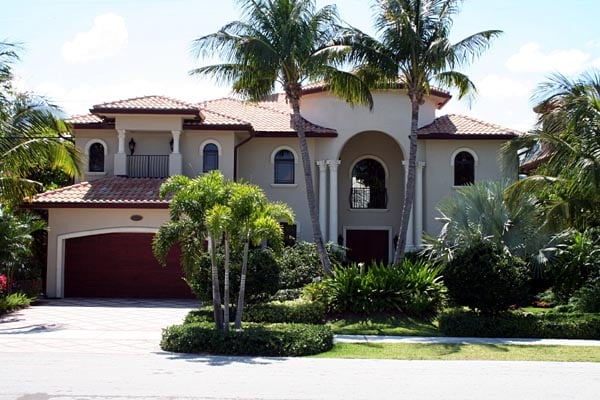
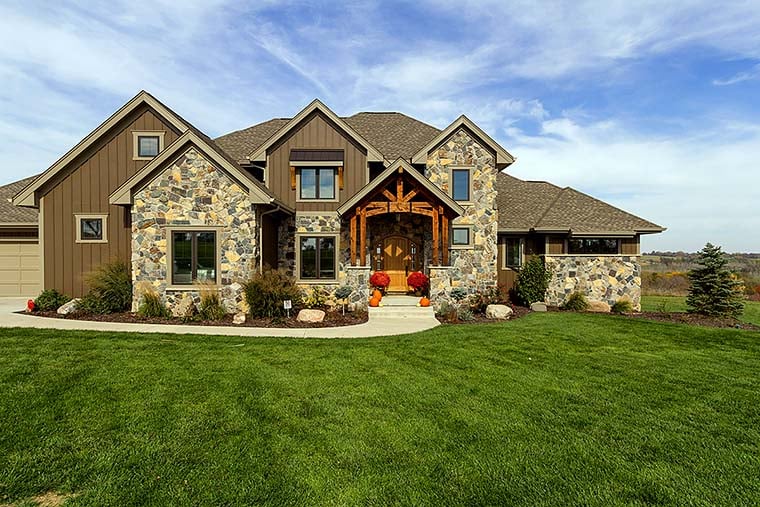
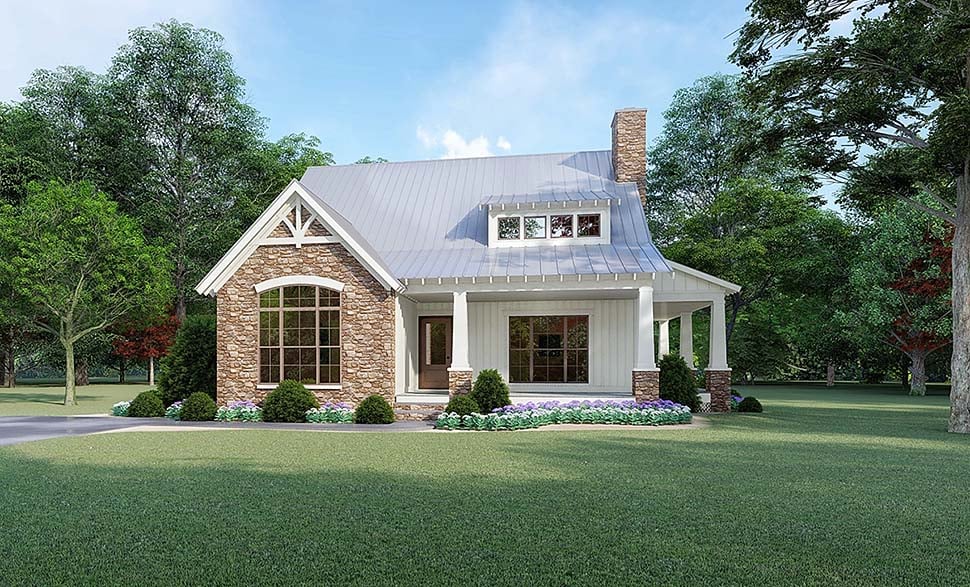

Leave a Reply